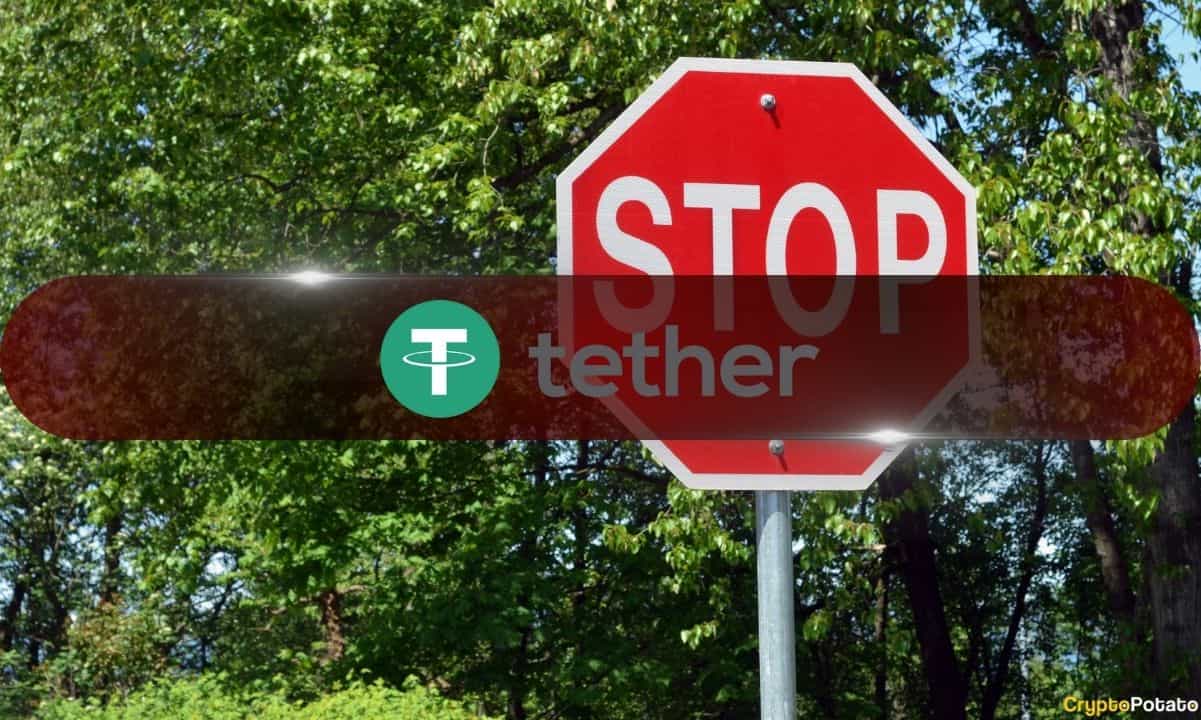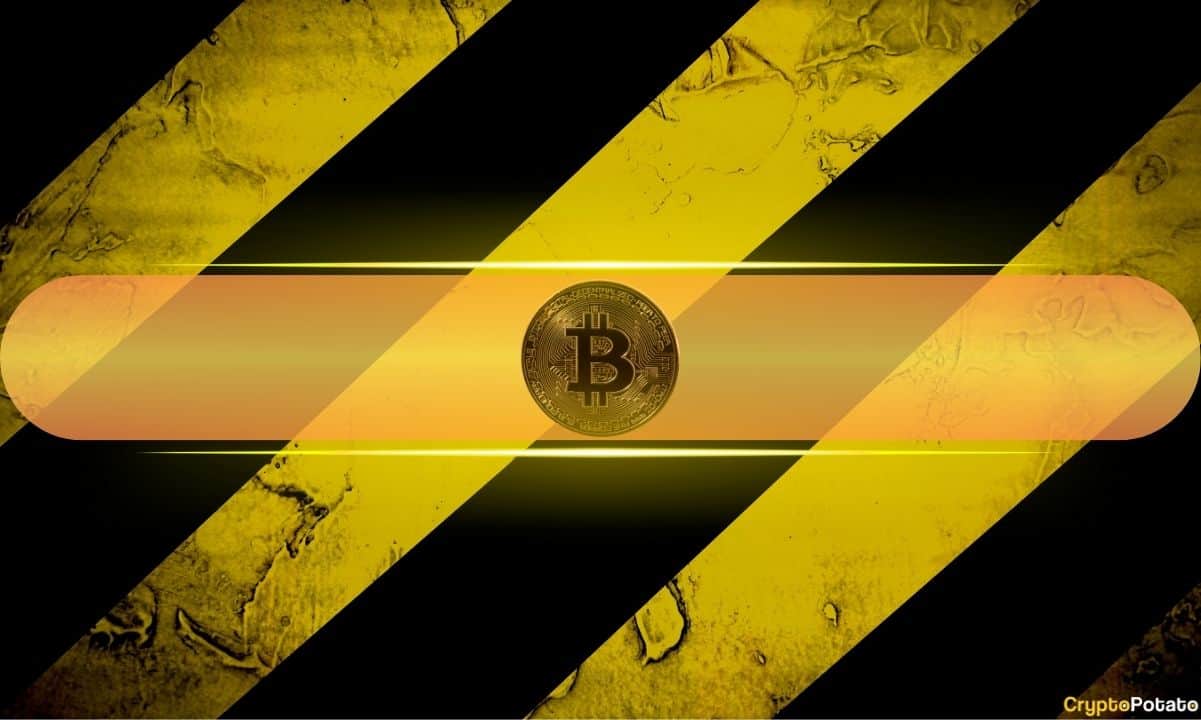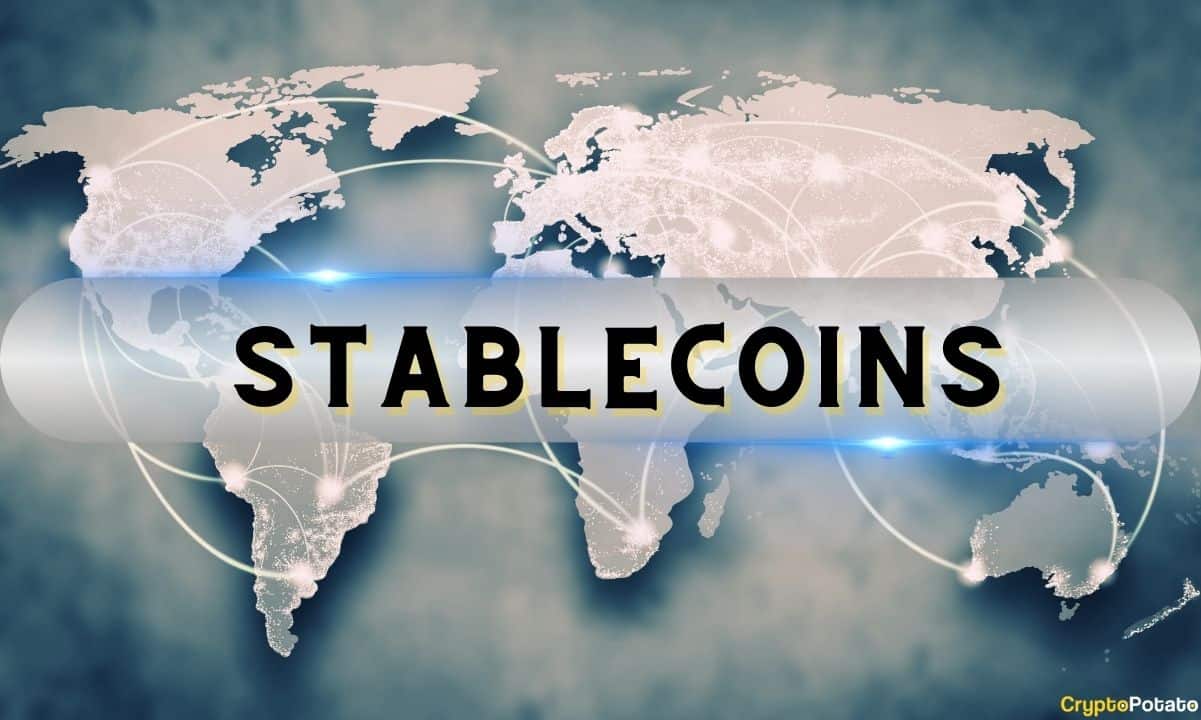This post is a guest contribution by George Siosi Samuels, managing director at Faiā. See how Faiā is committed to staying at the forefront of technological advancements here.
Even the smartest systems can become outdated if the paradigm shifts. Reid Hoffman recently argued that it’s not the end of RAG—Retrieval Augmented Generation. But for those of us watching the evolution of large language models (LLMs) through a sharper lens, the writing might already be on the wall.
Just as Yahoo’s exhaustive web directory model was outpaced by Google’s (NASDAQ: GOOGL) probabilistic search engine, RAG may soon find itself outdated in the face of increasingly powerful foundation models. It’s not about whether RAG works. It’s about whether it will matter.
From Yahoo to Google: A signal from the past
To understand the trajectory we’re on, we need only look back.
Yahoo believed in curating the Internet. Directories. Taxonomies. Human-reviewed indexes. But Google introduced a radically different idea: don’t catalog everything—just rank relevance dynamically. Instead of organizing knowledge beforehand, Google inferred what mattered most through algorithms and backlinks.
That wasn’t just a technological improvement—it was a shift in philosophy. A move from structure to signal. From effortful storage to elegant retrieval.
RAG, in many ways, feels like Yahoo. It’s a bolted-on system that tries to enhance LLMs by grafting in “clean,” retrievable knowledge from databases and vector stores. The goal is noble: improve the factuality and trustworthiness of artificial intelligence (AI) responses by injecting it with curated context.
But what if that need disappears?
Why RAG feels like a transitional technology
RAG solves a real problem: hallucination. LLMs, especially in their earlier versions, had a tendency to fabricate facts. By adding a retrieval layer—pulling in external documents to ground the generation—RAG helped bridge the gap between generative flexibility and factual precision.
But in solving one problem, it introduces others:
- Latency and complexity: RAG pipelines require orchestration between multiple components—vector databases, embedding models, retrievers, and re-rankers.
- Data management burden: Enterprises must constantly update and maintain high-quality corpora, often requiring labor-intensive cleanup and formatting.
- Hard to generalize: RAG systems perform well in narrow domains but can break or return noise when facing edge cases or unfamiliar queries.
It feels like scaffolding. Useful during construction—but not part of the finished architecture.
Inference is eating Search
Recent breakthroughs in LLM capabilities suggest that we’re entering a new paradigm—one where inference can increasingly replace retrieval.
With the emergence of models like GPT-4o, Claude 3 Opus, and even Google Gemini Pro 2.5, we’re witnessing:
- Longer context windows: These models can now ingest and reason over hundreds of pages of content without needing external retrieval mechanisms.
- Better zero-shot performance: The models are learning to generalize across vast domains without needing hand-fed examples or fine-tuned prompts.
- Higher factual accuracy: As foundation models train on more comprehensive data, their inherent “memory” becomes more useful than brittle plug-ins or patched-on sources.
In other words, the model itself is the database.
This mirrors Google’s dominance over Yahoo. When Google proved you didn’t need to manually catalog the Internet to find useful content, the race was over. In the same way, when LLMs can consistently generate accurate answers without needing retrieval scaffolding, the RAG era ends.
Enterprise blockchain implications
So why does this matter to the blockchain and Web3 space?
Because the architecture of how we store and surface data is changing.
In the past, enterprise blockchain projects focused heavily on data provenance, auditability, and structured information flows. Naturally, RAG-like systems seemed appealing—pair a blockchain ledger (structured, secure) with a retriever that could pull trusted data into AI responses.
But if inference can outpace retrieval—if models become so strong that they infer trustworthiness based on deep pretraining and internal reasoning—the value of these data layer bolt-ons will shift.
It could go three ways:
- Legacy enterprise solutions double down on RAG-like hybrids, bolting AI onto databases and chains for compliance reasons.
- Next-gen startups skip RAG entirely, trusting LLMs’ inference power and layering blockchain only for verifiability, not retrieval.
- A new form of “self-attesting” data emerges, where models generate and verify their own responses using on-chain signals—but without traditional RAG scaffolding.
Blockchain, in this context, becomes a reference point, not a library. The foundation model becomes both the interface and the reasoner.
Is clean data still necessary?
One of the assumptions keeping RAG alive is this: clean data = better output.
That’s partially true. But it’s also a bit of an old-world assumption.
Think about Gmail, Google Drive, or even Google Photos. You don’t have to organize these meticulously. You just type and Google finds. The same is starting to happen with LLMs. You no longer need perfectly labeled, indexed corpora. You just need volume and diverse context—and the model figures it out.
Clean data helps, yes. However, the new AI paradigm values signal density more than signal purity.
The cleaner your data, the less your model has to guess. But the better your model, the more it can intuit even from messy, unstructured information. That’s a core shift—and one that should change how enterprises think about knowledge management and blockchain-based storage.
RAG’s final role: A stepping stone, not a standard
So, where does this leave RAG?
Likely as a valuable bridge—but not the destination.
We’ll probably still see RAG-like systems in regulated industries and legacy enterprise stacks for a while. But betting on the future of AI on retrieval is like betting on the future of maps on phonebooks. The terrain is changing.
Foundation models won’t need retrieval in the way we think about it today. Their training and inference engines will absorb and transmute information in ways that feel alien to traditional IT logic.
Blockchain will still play a role—especially in authentication and timestamping—but less as a knowledge base, and more as a consensus layer that LLMs can reference like a cryptographic compass.
Conclusion: The search for simplicity
RAG helped patch early AI flaws. But patchwork can’t match the architecture.
The best technologies don’t just solve problems—they disappear. Google didn’t ask users to understand PageRank. It simply worked. In the same way, the most powerful LLMs won’t require RAG—they’ll simply respond with clarity and resonance.
And that’s the signal we should be tracking.
In order for artificial intelligence (AI) to work right within the law and thrive in the face of growing challenges, it needs to integrate an enterprise blockchain system that ensures data input quality and ownership—allowing it to keep data safe while also guaranteeing the immutability of data. Check out CoinGeek’s coverage on this emerging tech to learn more why Enterprise blockchain will be the backbone of AI.
Watch | IEEE COINS Conference: Intersection of blockchain, AI, IoT & IPv6 technologies

















 English (US) ·
English (US) ·